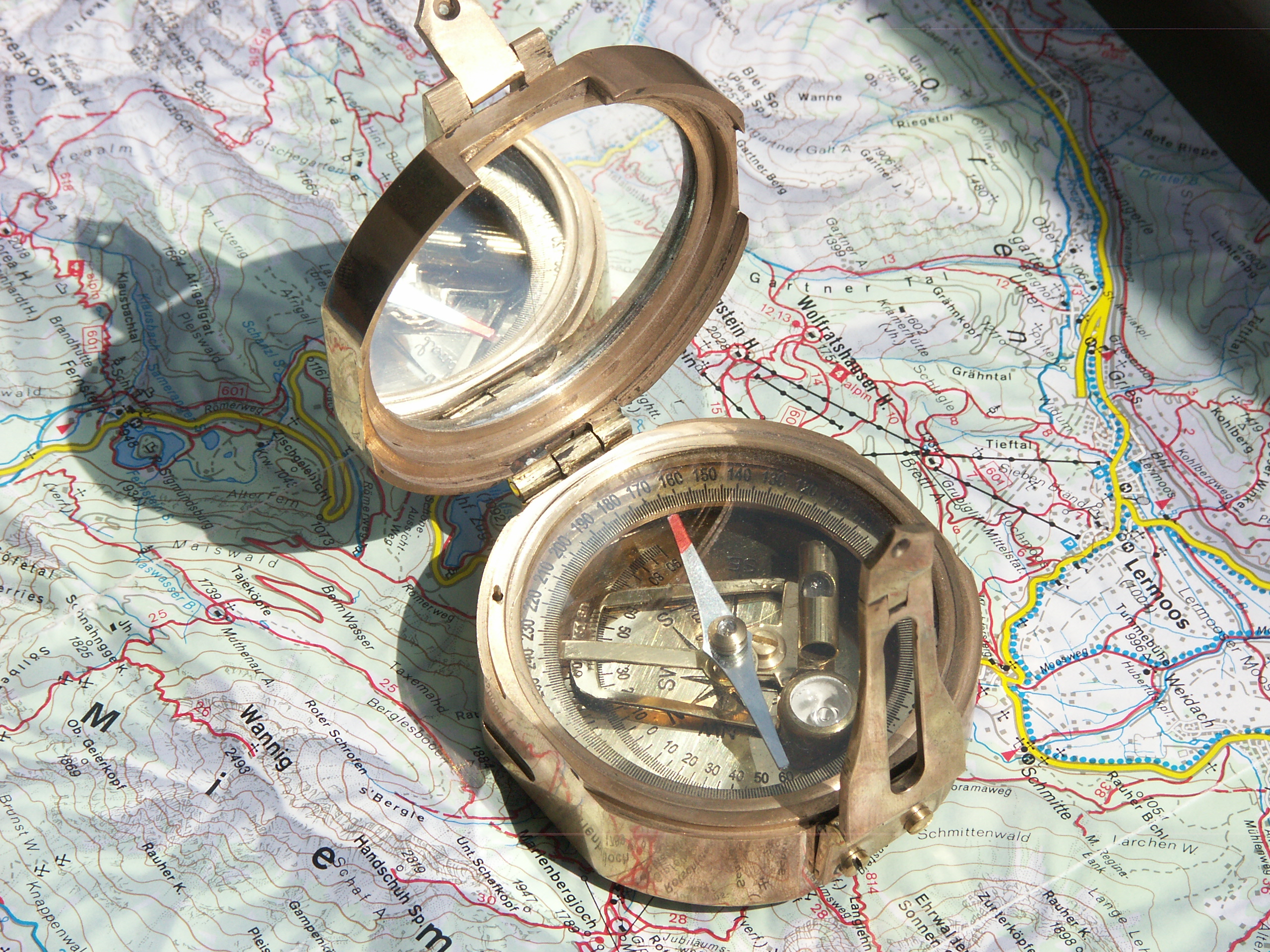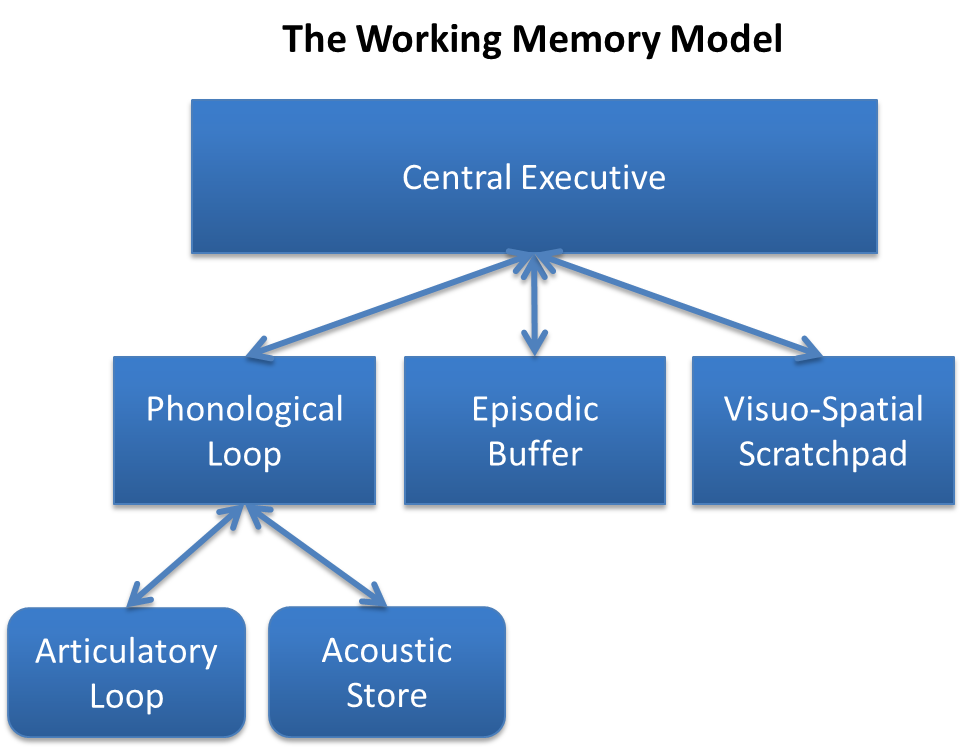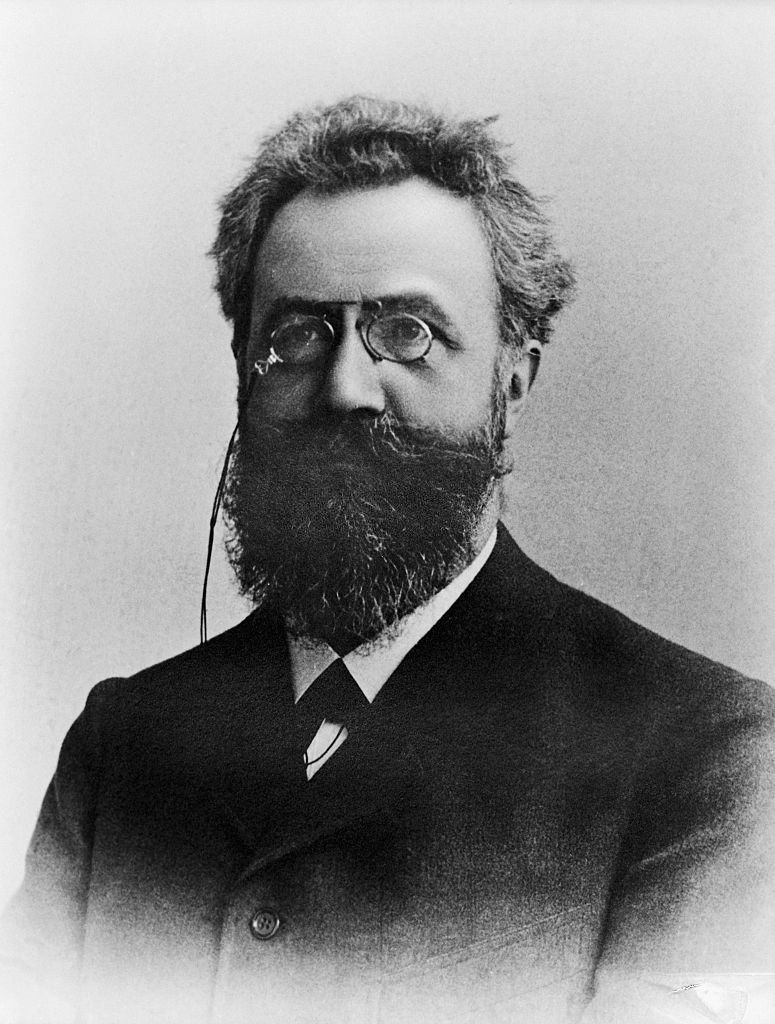|
Masud Husain
Masud Husain FMedSci is a clinical neurologist and neuroscientist working in the UK. He is Professor of Neurology & Cognitive Neuroscience at the Nuffield Department of Clinical Neurosciences and Departmental of Experimental Psychology, University of Oxford, a Professorial Fellow at New College, Oxford, and Editor-in-Chief of the journal ''Brain''''.'' He was born in East Pakistan (now Bangladesh). Education Husain was educated at King Edward VI Camp Hill School for Boys, Birmingham, and studied Physiological Sciences (Medicine) at New College, Oxford, before completing his Doctor of Philosophy degree at Christ Church, Oxford, where he was a Senior Scholar. He held a Harkness Fellowship while a postdoctoral fellow in the laboratory of Richard A. Andersen at MIT. Husain completed his clinical and neurological training at hospitals in Oxford and London. Research and career Husain's research focuses on cognitive functions in people with neurological diseases and healthy peopl ... [...More Info...] [...Related Items...] OR: [Wikipedia] [Google] [Baidu] |
Masud Cropped
Masud (, ) is a given name and a surname, commonly found in the Middle East and Asia. It has a variety of spellings including Masoud, Massoud, Massoude, Massudeh, Masood, Masʽud, Masud, Mashud, Messaoud, Mesut, Mesud, or Mosād. People with the name Masud include: People with the given name Masud * Masud Sabri, Uyghur governor of Xinjiang * Masud Jani, 13th century governor of Bengal * Masud Khan, British psychoanalyst * Masud Ghnaim, an Israeli Arab politician * Masud Minhas, Indian field hockey player People with the surname Masud * Mesud II, Ghiyath Ad-din Masud, King Mesud II * Ala ud din Masud, Ruler of the Mamluk dynasty (Delhi) * Faisal Masud, Medical doctor * Khalid Masud, Pakistani scholar * Mitty Masud, Pakistan Air Force personnel * Mohammad Masud, Iranian journalist * Muhammad Khalid Masud, Director of an Islamic Research Institute * Naiyer Masud, Indian Urdu short-story writer and literary critic {{given name, type=both Persian given names Arabic given names ... [...More Info...] [...Related Items...] OR: [Wikipedia] [Google] [Baidu] |
Spatial Memory
In cognitive psychology and neuroscience, spatial memory is a form of memory responsible for the recording and recovery of information needed to plan a course to a location and to recall the location of an object or the occurrence of an event. Spatial memory is necessary for orientation in space. Spatial memory can also be divided into egocentric and allocentric spatial memory. A person's spatial memory is required to navigate around a familiar city. A rat's spatial memory is needed to learn the location of food at the end of a maze. In both humans and animals, spatial memories are summarized as a cognitive map. Spatial memory has representations within working, short-term memory and long-term memory. Research indicates that there are specific areas of the brain associated with spatial memory. Many methods are used for measuring spatial memory in children, adults, and animals. Short-term spatial memory Short-term memory (STM) can be described as a system allowing one to tempor ... [...More Info...] [...Related Items...] OR: [Wikipedia] [Google] [Baidu] |
Short-term Memory
Short-term memory (or "primary" or "active memory") is the capacity for holding a small amount of information in an active, readily available state for a short interval. For example, short-term memory holds a phone number that has just been recited. The duration of short-term memory (absent rehearsal or active maintenance) is estimated to be on the order of seconds. The commonly cited capacity of 7 items, found in Miller's Law, has been superseded by 4±1 items. In contrast, long-term memory holds information indefinitely. Short-term memory is not the same as working memory, which refers to structures and processes used for temporarily storing and manipulating information. Stores The idea of separate memories for short-term and long-term storage originated in the 19th century. A model of memory developed in the 1960s assumed that all memories are formed in one store and transfer to others store after a small period of time. This model is referred to as the "modal model", mos ... [...More Info...] [...Related Items...] OR: [Wikipedia] [Google] [Baidu] |
Working Memory
Working memory is a cognitive system with a limited capacity that can hold information temporarily. It is important for reasoning and the guidance of decision-making and behavior. Working memory is often used synonymously with short-term memory, but some theorists consider the two forms of memory distinct, assuming that working memory allows for the manipulation of stored information, whereas short-term memory only refers to the short-term storage of information. Working memory is a theoretical concept central to cognitive psychology, neuropsychology, and neuroscience. History The term "working memory" was coined by Miller, Galanter, and Pribram, and was used in the 1960s in the context of theories that likened the mind to a computer. In 1968, Atkinson and Shiffrin used the term to describe their "short-term store". What we now call working memory was formerly referred to variously as a "short-term store" or short-term memory, primary memory, immediate memory, operant me ... [...More Info...] [...Related Items...] OR: [Wikipedia] [Google] [Baidu] |
Visual Short-term Memory
In the study of vision, visual short-term memory (VSTM) is one of three broad memory systems including iconic memory and long-term memory. VSTM is a type of short-term memory, but one limited to information within the visual domain. The term VSTM refers in a theory-neutral manner to the non-permanent storage of visual information over an extended period of time. The visuospatial sketchpad is a VSTM subcomponent within the theoretical model of working memory proposed by Alan Baddeley; in which it is argued that a working memory aids in mental tasks like planning and comparison. Whereas iconic memories are fragile, decay rapidly, and are unable to be actively maintained, visual short-term memories are robust to subsequent stimuli and last over many seconds. VSTM is distinguished from long-term memory, on the other hand, primarily by its very limited capacity. Overview The introduction of stimuli which were hard to verbalize, and unlikely to be held in long-term memory, revolutionized ... [...More Info...] [...Related Items...] OR: [Wikipedia] [Google] [Baidu] |
Recall (memory)
Recall in memory refers to the mental process of retrieval of information from the past. Along with encoding and storage, it is one of the three core processes of memory. There are three main types of recall: free recall, cued recall and serial recall. Psychologists test these forms of recall as a way to study the memory processes of humansrecall. (2010). In Encyclopædia Britannica. Retrieved March 04, 2010, from Encyclopædia Britannica Online: http://www.britannica.com/EBchecked/topic/493353/recal/ref> and animals. Two main theories of the process of recall are the two-stage theory and the theory of Encoding specificity principle, encoding specificity. Theories Two-stage theory The ''two-stage theory'' states that the process of recall begins with a search and retrieval process, and then a decision or recognition process where the correct information is chosen from what has been retrieved. In this theory, recognition only involves the latter of these two stages, or processes ... [...More Info...] [...Related Items...] OR: [Wikipedia] [Google] [Baidu] |
Guanfacine
Guanfacine, sold under the brand name Tenex among others, is an oral medication used to treat attention deficit hyperactivity disorder (ADHD) and high blood pressure. Guanfacine is FDA-approved for monotherapy treatment of ADHD as well as being used for augmentation of other treatments, such as stimulants. Guanfacine is also used off-label to treat tic disorders, anxiety disorders and PTSD.Boland, Robert and Verduin, Marcia (2022) ''Kaplan & Sadock's Concise Textbook of Clinical Psychiatry''. 5th ed. pp. 1811–1812. Common side effects include sleepiness, constipation, and dry mouth. Other side effects may include low blood pressure and urinary problems. The FDA has categorized Guanfacine as "Category B" in pregnancy which means animal-reproduction studies have not demonstrated a fetal risk or an adverse effect during pregnancy or breastfeeding. It appears to work by activating the α2A receptors in the brain thereby decreasing sympathetic nervous system activity. Guanfac ... [...More Info...] [...Related Items...] OR: [Wikipedia] [Google] [Baidu] |
Noradrenergic
Norepinephrine (NE), also called noradrenaline (NA) or noradrenalin, is an organic chemical in the catecholamine family that functions in the brain and body as both a hormone and neurotransmitter. The name "noradrenaline" (from Latin '' ad'', "near", and ''ren'', "kidney") is more commonly used in the United Kingdom, whereas "norepinephrine" (from Ancient Greek ἐπῐ́ (''epí''), "upon", and νεφρός (''nephrós''), "kidney") is usually preferred in the United States. "Norepinephrine" is also the international nonproprietary name given to the drug. Regardless of which name is used for the substance itself, parts of the body that produce or are affected by it are referred to as noradrenergic. The general function of norepinephrine is to mobilize the brain and body for action. Norepinephrine release is lowest during sleep, rises during wakefulness, and reaches much higher levels during situations of stress or danger, in the so-called fight-or-flight response. In the b ... [...More Info...] [...Related Items...] OR: [Wikipedia] [Google] [Baidu] |
Rotigotine
Rotigotine, sold under the brand name Neupro among others, is a dopamine agonist of the non- ergoline class of medications indicated for the treatment of Parkinson's disease and restless legs syndrome. It is formulated as a once-daily transdermal patch which provides a slow and constant supply of the drug over the course of 24 hours. Like other dopamine agonists, rotigotine has been shown to possess antidepressant effects and may be useful in the treatment of depression as well. History Initially developed at the University of Groningen in 1985 as N-0437, Aderis Pharmaceuticals acquired rotigotine and continued development toward commercialization. In 1998, Aderis globally out-licensed rotigotine for development and commercialization to Schwarz Pharma, which firm was acquired by UCB S.A. in 2006. Schwarz completed acquisition of full rights to rotigotine from Aderis as of 2005. The drug was approved by the European Medicines Agency (EMA) for use in Europe in 2006. In 2007 ... [...More Info...] [...Related Items...] OR: [Wikipedia] [Google] [Baidu] |
Dopamine Agonist
A dopamine agonist (DA) is a compound that activates dopamine receptors. There are two families of dopamine receptors, D2-like and D1-like, and they are all G protein-coupled receptors. D1- and D5-receptors belong to the D1-like family and the D2-like family includes D2, D3 and D4 receptors. Dopamine agonists are primarily used to treat Parkinson's disease. They are also used, to a far lesser extent, in treating hyperprolactinemia and restless legs syndrome. They are not intended for treatment of clinical depression, and studies have shown severe detrimental side effects resulting from off-label use of dopamine agonists in treating depression, particularly in their tendency to produce impulse control disorders and extreme cases of withdrawal syndrome. Medical uses Parkinson's disease Dopamine agonists are mainly used in the treatment of Parkinson's disease. The cause of Parkinson's is not fully known but genetic factors, for example specific genetic mutations, and enviro ... [...More Info...] [...Related Items...] OR: [Wikipedia] [Google] [Baidu] |
Frontal Lobe
The frontal lobe is the largest of the four major lobes of the brain in mammals, and is located at the front of each cerebral hemisphere (in front of the parietal lobe and the temporal lobe). It is parted from the parietal lobe by a groove between tissues called the central sulcus and from the temporal lobe by a deeper groove called the lateral sulcus (Sylvian fissure). The most anterior rounded part of the frontal lobe (though not well-defined) is known as the frontal pole, one of the three poles of the cerebrum. The frontal lobe is covered by the frontal cortex. The frontal cortex includes the premotor cortex, and the primary motor cortex – parts of the motor cortex. The front part of the frontal cortex is covered by the prefrontal cortex. There are four principal gyri in the frontal lobe. The precentral gyrus is directly anterior to the central sulcus, running parallel to it and contains the primary motor cortex, which controls voluntary movements of specific body ... [...More Info...] [...Related Items...] OR: [Wikipedia] [Google] [Baidu] |
Posterior Parietal Cortex
The posterior parietal cortex (the portion of parietal neocortex posterior to the primary somatosensory cortex) plays an important role in planned movements, spatial reasoning, and attention. Damage to the posterior parietal cortex can produce a variety of sensorimotor deficits, including deficits in the perception and memory of spatial relationships, inaccurate reaching and grasping, in the control of eye movement, and inattention. The two most striking consequences of PPC damage are apraxia and hemispatial neglect. Anatomy The posterior parietal cortex receives input from the three sensory systems that play roles in the localization of the body and external objects in space: the visual system, the auditory system, and the somatosensory system. In turn, much of the output of the posterior parietal cortex goes to areas of frontal motor cortex: the dorsolateral prefrontal cortex, various areas of the secondary motor cortex, and the frontal eye field. The posterior parietal corte ... [...More Info...] [...Related Items...] OR: [Wikipedia] [Google] [Baidu] |





